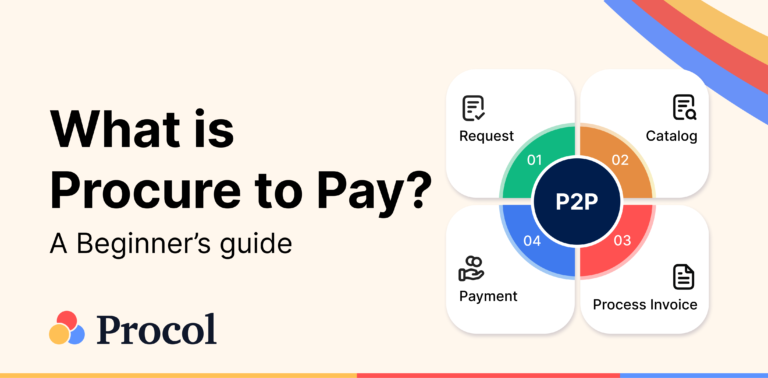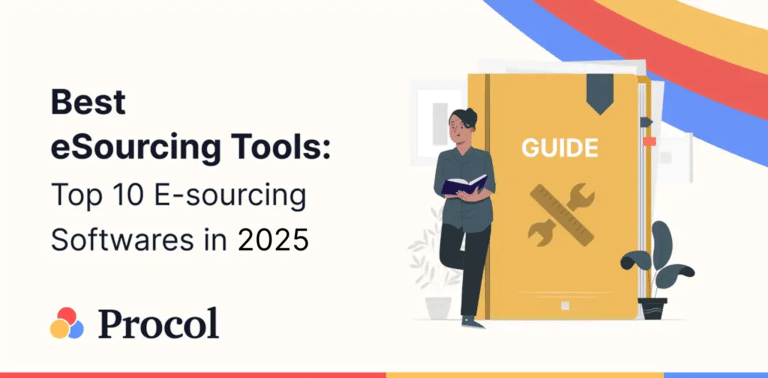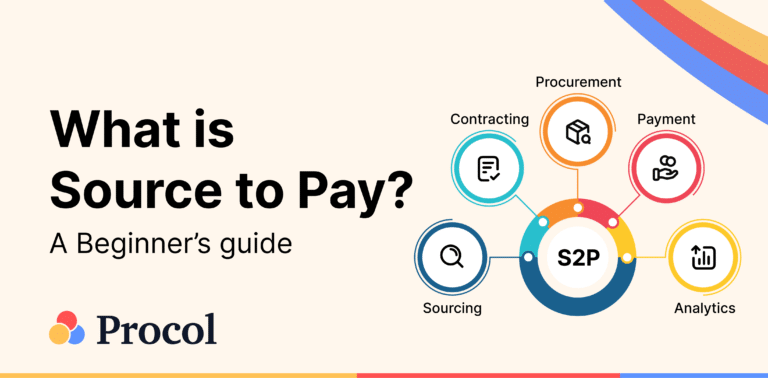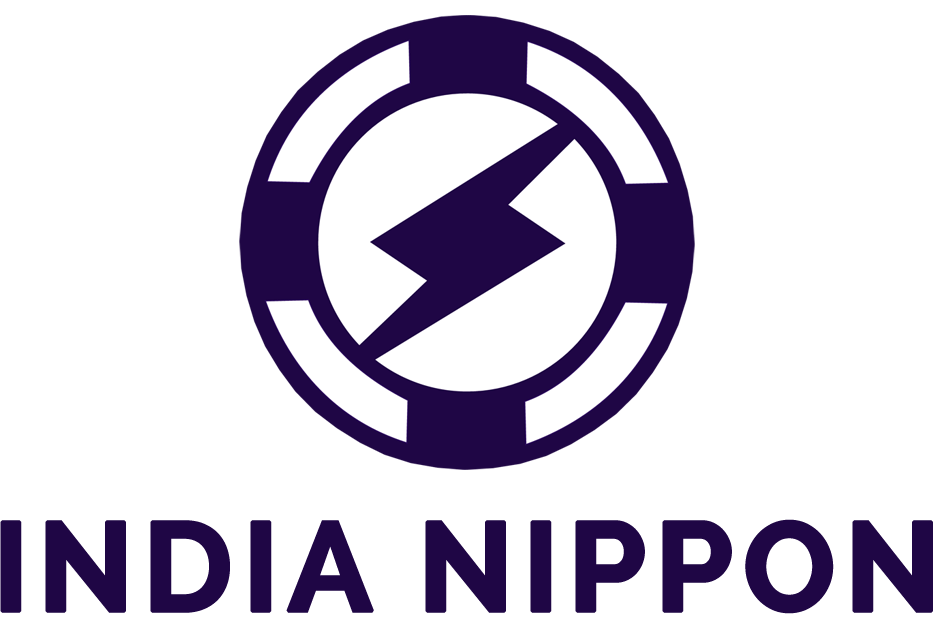What is Group purchasing organisation (GPO)
Group Purchasing Organisations (GPOs) can streamline your company’s procurement process and improve the existing purchasing power. GPOs pool companies’ spending from many industries to get better deals, higher service standards, and supplier representation. Electrical, plumbing, nonprofit, industrial manufacturing, healthcare, and hospitality are just a few of the many industries represented by member companies.
Members can take advantage of GPO contracts, which offer more favorable terms and lower rates. By freeing up internal procurement resources while saving you time. By skipping the drawn-out RFP process and giving you pre-negotiated contracts at the best price, group purchasing enables you to save money faster and control more of your expenditure.
The network of suppliers, which provide goods and services to member firms, also gains from the GPO through higher market share, improved buyer connections, and increased access to industry insights and data. You surpass stakeholder expectations and better equip end users with category products in facilities and MRO, freight and logistics, HR, and more.
Types of GPOs
The three primary types of group-buying organisations are as follows:
- Horizontal market
Members of the GPO for the horizontal market work in various industries, but they frequently use the same supplies and services to produce their goods and run their businesses. An illustration of a horizontal market GPO is OMNIA Partners.
- Vertical market
A vertical market GPO is specialized in a single sector or industry. For instance, small- and mid-sized hospitals or medical practices collaborate to cut expenses in the healthcare industry.
- Master buyer
When one central purchasing organization has sizable contracts with vendors and permits numerous businesses to buy off those contracts. Because Tier 1 and Tier 2 suppliers can access the pricing agreements that significant car manufacturers have struck with suppliers, the automotive sector is the ideal real-world illustration of the master buyer model.
How GPOs Work ?
The primary purpose of a GPO is to combine the purchases of similar products or services from several customers, greatly enhancing the organisation’s purchasing power. A group purchasing organisation acts as a middleman between consumers and vendors, negotiating umbrella contracts that give members preferential rates, favorable conditions, and high-quality services. A GPO’s potential to create more value for its members develops along with its membership, and suppliers profit from rising volume and deal compliance.
Although all group purchasing organisations operate according to the same spend aggregation premise, not all are created equal. While some need money to participate, others offer membership at no cost and are funded by supply partners. Some increase value by reducing costs, while others provide a competitive buying price. Consider each offer’s complete value proposition and how it relates to your company’s requirements while assessing GPO options.
